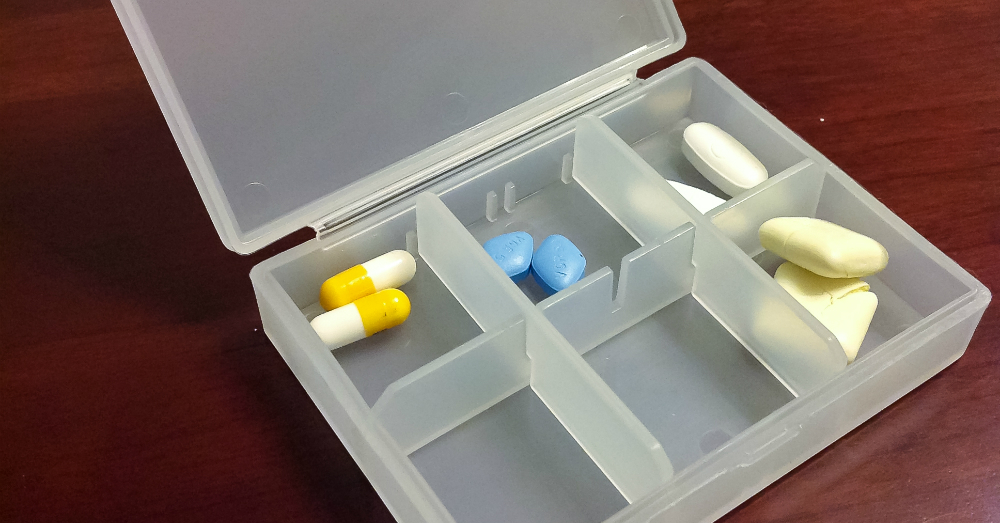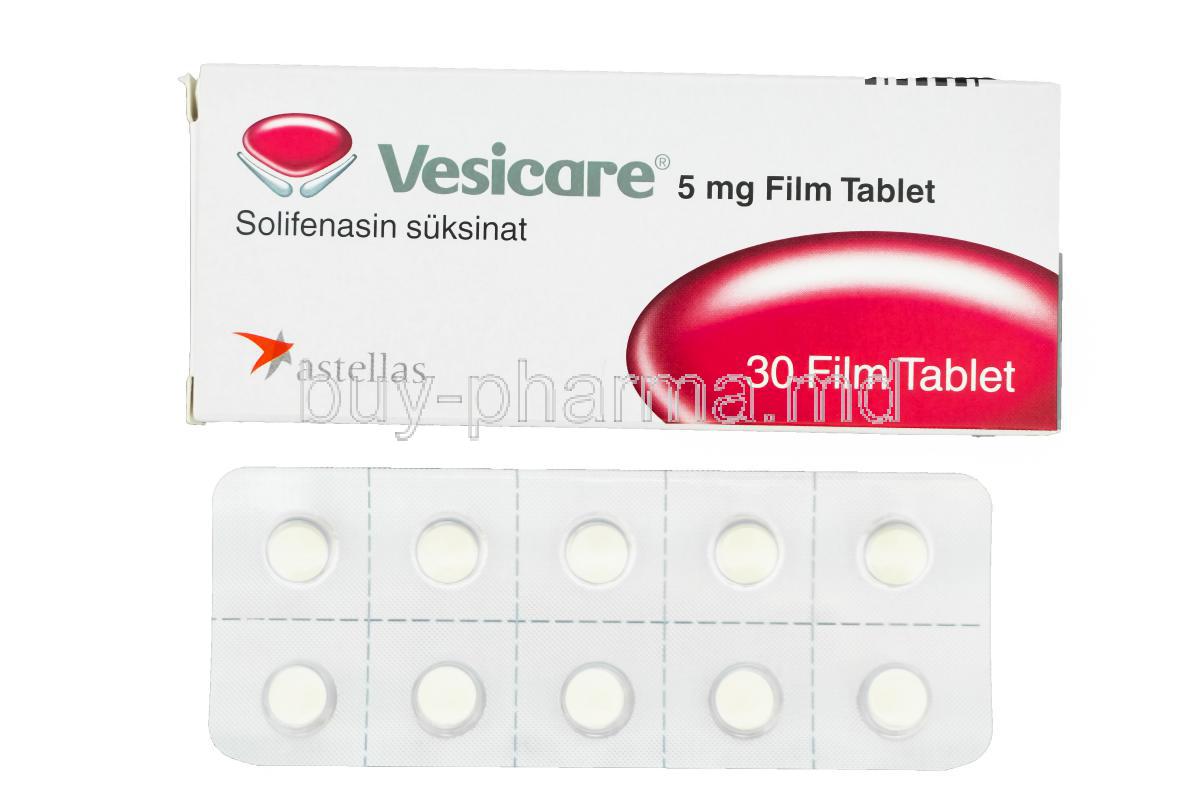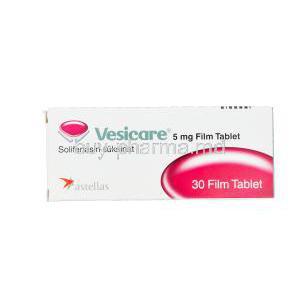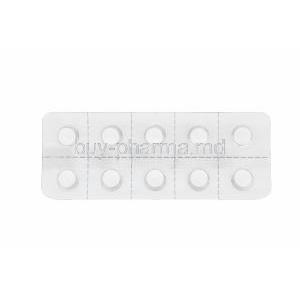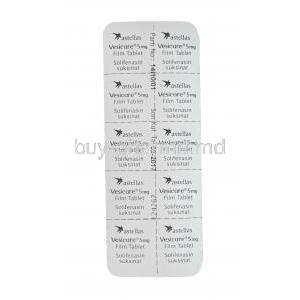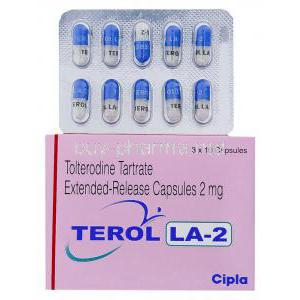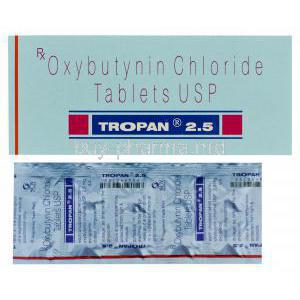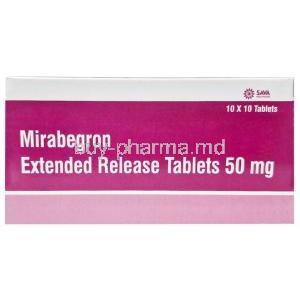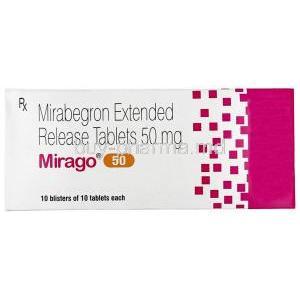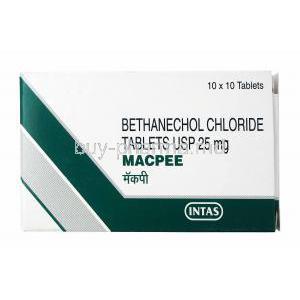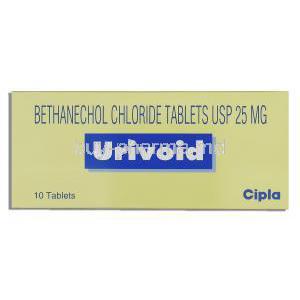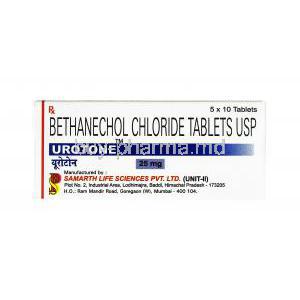Vesicare
- I. Introduction
- II. Composition of Vesicare
- III. Uses of Vesicare
- IV. Off-Label Uses of Vesicare
- V. How Vesicare Works
- VI. Common Side Effects of Vesicare
- VII. Serious Side Effects and Adverse Reactions
- VIII. Dosage and Administration
- IX. Administration in Special Populations
- X. Drug Interactions with Vesicare
- XI. Warnings and Precautions
- XII. Overdose Management
- XIII. Storage and Handling Precautions
I. Introduction
A. Vesicare Overview: Vesicare, also known as solifenacin, is primarily prescribed to address bladder symptoms. It works by acting as an antagonist, providing relief from urinary urgency, frequency, and incontinence. B. Purpose of the Article: This article aims to provide information about Vesicare, including its composition uses, how it works in the body, and its safety profile. It aims to offer insights for healthcare professionals and individuals considering or currently using Vesicare. C. Discussion Scope: This discussion goes beyond information about Vesicare and dives into the pharmacological details of potential off-label uses of the medication and thorough guidelines on administering and handling it properly.
II. Composition of Vesicare
A. The primary active substance in Vesicare is called solifenacin succinate, which is a potent anticholinergic agent. Its primary target is the receptors found in the bladder. B. In addition to the ingredients, Vesicare contains several excipients, such as lactose monohydrate, that are added to improve its stability and effectiveness. C. Vesicare comes in strengths and forms, including tablets, with 5 mg and 10 mg dosages designed to meet various therapeutic requirements.
III. Uses of Vesicare
Vesicare (solifenacin) is a muscarinic antagonist that is primarily used to treat adults with overactive bladder (OAB) with symptoms of urge urinary incontinence, urgency, and urinary frequency 12. Solifenacin works by relaxing the muscles in the bladder and reducing contractions of the bladder’s detrusor muscle through blocking receptors. This helps alleviate symptoms of urgency and incontinence 12.
Clinical trials have shown that Vesicare effectively reduces symptoms of OAB, leading to a noticeable improvement in patients’ quality of life 2.
1: For more information on Vesicare’s primary use and how it works, please refer to Medscape. 2: For more information on Vesicare’s effectiveness and benefits, please refer to Drugs.com.
IV. Off-Label Uses of Vesicare
While Vesicare is not officially approved for treating bladder symptoms in Parkinson’s disease, ongoing studies are being conducted to explore its potential use for this condition 3.
Several research studies have examined the advantages of Vesicare in treating other urinary disorders, such as nocturia and interstitial cystitis, which have shown promising outcomes 456.
Medical experts are moderately positive about the applications of Vesicare but they emphasize the need for further extensive research and clinical trials 7.
1: For more information on Vesicare’s primary use and how it works, please refer to Medscape. 2: For more information on Vesicare’s dosage and administration, please refer to Drugs.com. 4: For more information on Vesicare’s effectiveness in treating nocturia, please refer to PubMed. 5: For more information on Vesicare’s effectiveness in treating interstitial cystitis, please refer to PubMed. 6: For more information on Vesicare’s effectiveness in treating urinary disorders, please refer to PubMed. 7: For more information on Vesicare’s professional perspectives, please refer to PubMed. 3: For more information on Vesicare’s unapproved applications, please refer to PubMed.
V. How Vesicare Works
A. How Vesicare works; Vesicare specifically. Blocks contractions in the muscles of the bladder, helping to reduce the feeling of urgency to urinate. B. How Vesicare is processed in the body: When taken orally, Vesicare is absorbed into the bloodstream. Reaches its highest concentration, providing a consistent therapeutic effect. C. Effects on the body: While its main impact is on the bladder, Vesicare's anticholinergic properties can also affect bodily systems. Because of this, it's essential to monitor its influence.
VI. Common Side Effects of Vesicare
A. Some mild side effects that are often reported include experiencing a mouth, constipation, and temporary blurred vision. B. The frequency and duration of these side effects are usually short-lived. Tend to decrease as the body becomes accustomed to the medication. C. To help manage these side effects, you can try approaches such as drinking more water for dry mouth, which can help alleviate these effects.
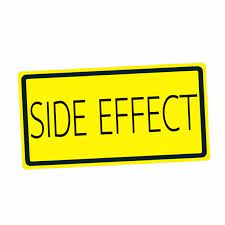
VII. Serious Side Effects and Adverse Reactions
A. Recognizing Severe Reactions: Although uncommon, allergic responses and angioedema can occur. B. Procedure for Reporting: If patients encounter side effects, it is essential for them to promptly inform their healthcare provider. C. Emergency Steps: When severe reactions occur, immediate medical intervention becomes crucial.
VIII. Dosage and Administration
Here are the revised guidelines for taking Vesicare: A. Recommended Dosage: The usual starting dose of Vesicare is 5 mg per day taken daily. However, the dosage can be adjusted depending on how it works and how well you tolerate it. B. Adjustments for Certain Groups: If you are elderly or have kidney problems, your doctor may need to make some changes to your dosage. C. How to Take Vesicare: It's best to take Vesicare with a glass of water. You can take it with or without food. These instructions should help you safely take Vesicare as your healthcare provider prescribes.
IX. Administration in Special Populations
A. Regarding patients, it is essential to be extra cautious while using Vesicare. The compromised renal or hepatic function that often comes with age requires dosage adjustments to minimize any potential side effects. Monitoring these patients is crucial to ensure the drug works effectively and safely. B. When considering the use of Vesicare in women and nursing mothers, it is essential to evaluate the situation carefully. Since we do not understand how it might affect fetal development or infants, Vesicare should only be used if the potential benefits outweigh any potential risks to the fetus or infant. C. The safety and effectiveness of Vesicare have not been established in patients, so it is not recommended for use in this population until we have more data available.
X. Drug Interactions with Vesicare
A. Common Scenarios of Interaction: It is important to note that Vesicare can interact with drugs that have anticholinergic properties, which may increase the risk of experiencing side effects. Moreover, when Vesicare is taken together with CYP3A4 inhibitors like ketoconazole, it can affect how Vesicare is metabolized in the body. B. Managing Co-administration: Healthcare providers should closely monitor patients taking Vesicare and medications and adjust the doses as needed to prevent potential adverse reactions. C. Combinations to Avoid: avoid combining Vesicare with medications, incredibly potent anticholinergics or CYP3A4 inhibitors. However, if essential, such combinations should be approached with caution.
XI. Warnings and Precautions
A. Contraindications: Vesicare should not be used by individuals with narrow-angle glaucoma, urinary retention, gastric retention, or known hypersensitivity to any of its components. Reviewing the patient's history for these conditions before prescribing Vesicare is essential. B. Precautions for Specific Conditions: Caution should be exercised when prescribing Vesicare to patients with bladder outflow obstruction, gastrointestinal obstructive disorders, or those at risk of experiencing QT prolongation. C. Monitoring and Follow up: Regular monitoring is essential in patients with risk factors for QT prolongation or those with impaired renal and hepatic function to ensure Vesicare's safe and effective use.
XII. Overdose Management
A. Identifying Overdose: If someone takes much Vesicare, they may experience symptoms like extreme dry mouth, blurry vision, and a fast heartbeat. It's important to recognize these symptoms for immediate treatment. B. Immediate Actions and Treatments: Standard supportive measures should be taken in case of an overdose. Treating Vesicare overdose may involve using lavage (stomach pumping) and giving activated charcoal. Under medical supervision, antidotes, like physostigmine, can also be used. C. Long-term Management: Patients who have had an overdose need to be monitored for any lingering effects and may require ongoing management based on the seriousness of their symptoms.
XIII. Storage and Handling Precautions
A. Storage Instructions: store Vesicare at room temperature from moisture and heat is recommended. To protect the medication from light and contamination, it is advisable to keep it in its packaging until use. B. Handling and Disposal: Take care when handling Vesicare, especially if the tablets are broken or crushed. Dispose of Vesicare by regulations to prevent any environmental contamination. C. Safety Precautions: Keeping Vesicare out of the reach of children and pets is essential. Patients should be informed about storage and handling methods to ensure the medication's effectiveness.
